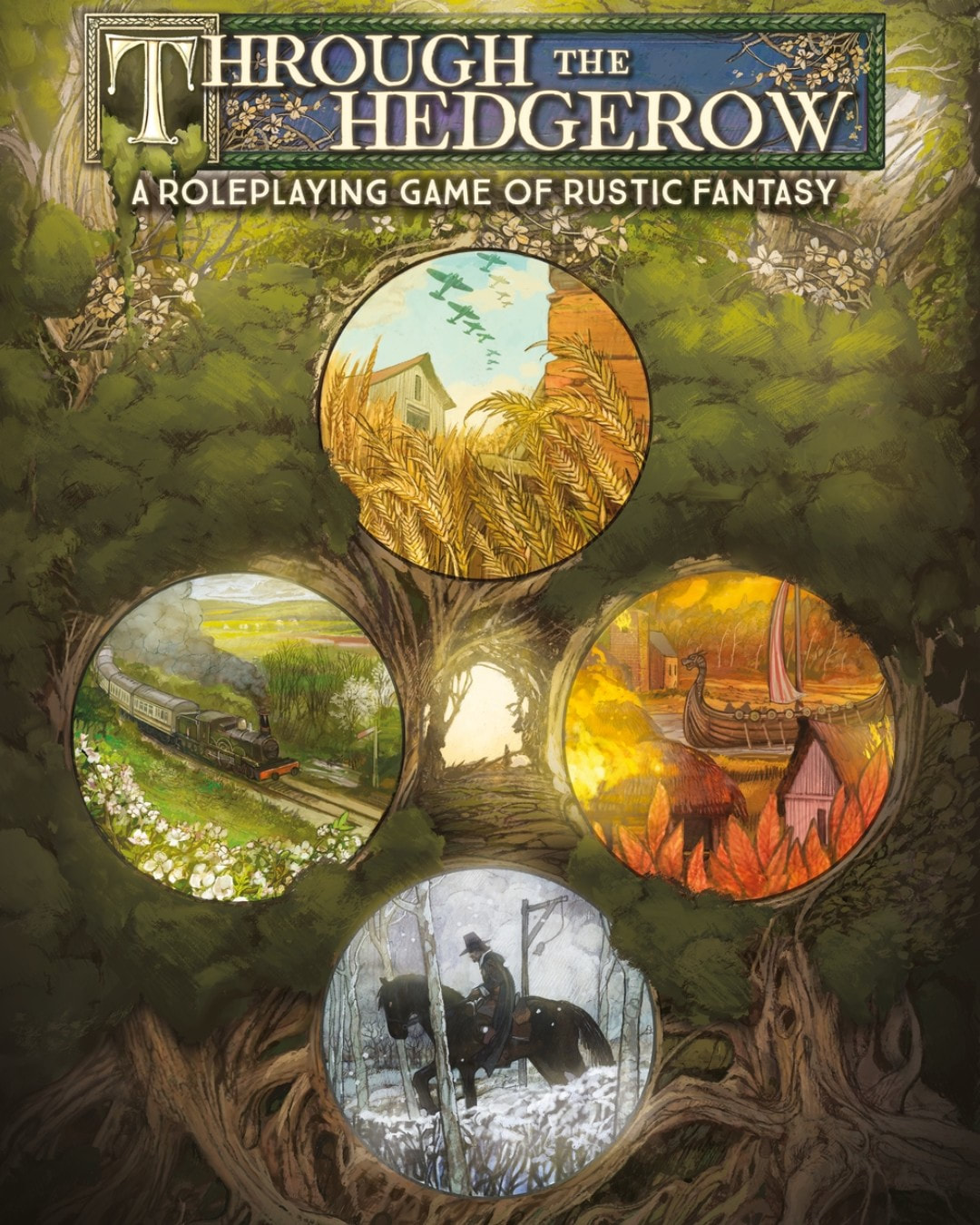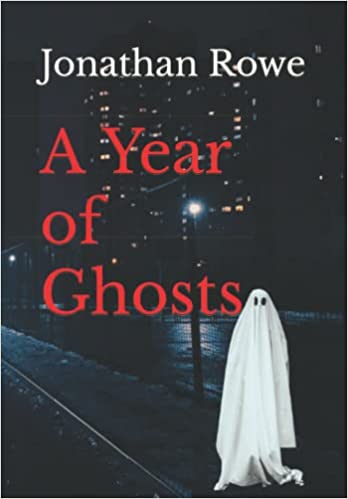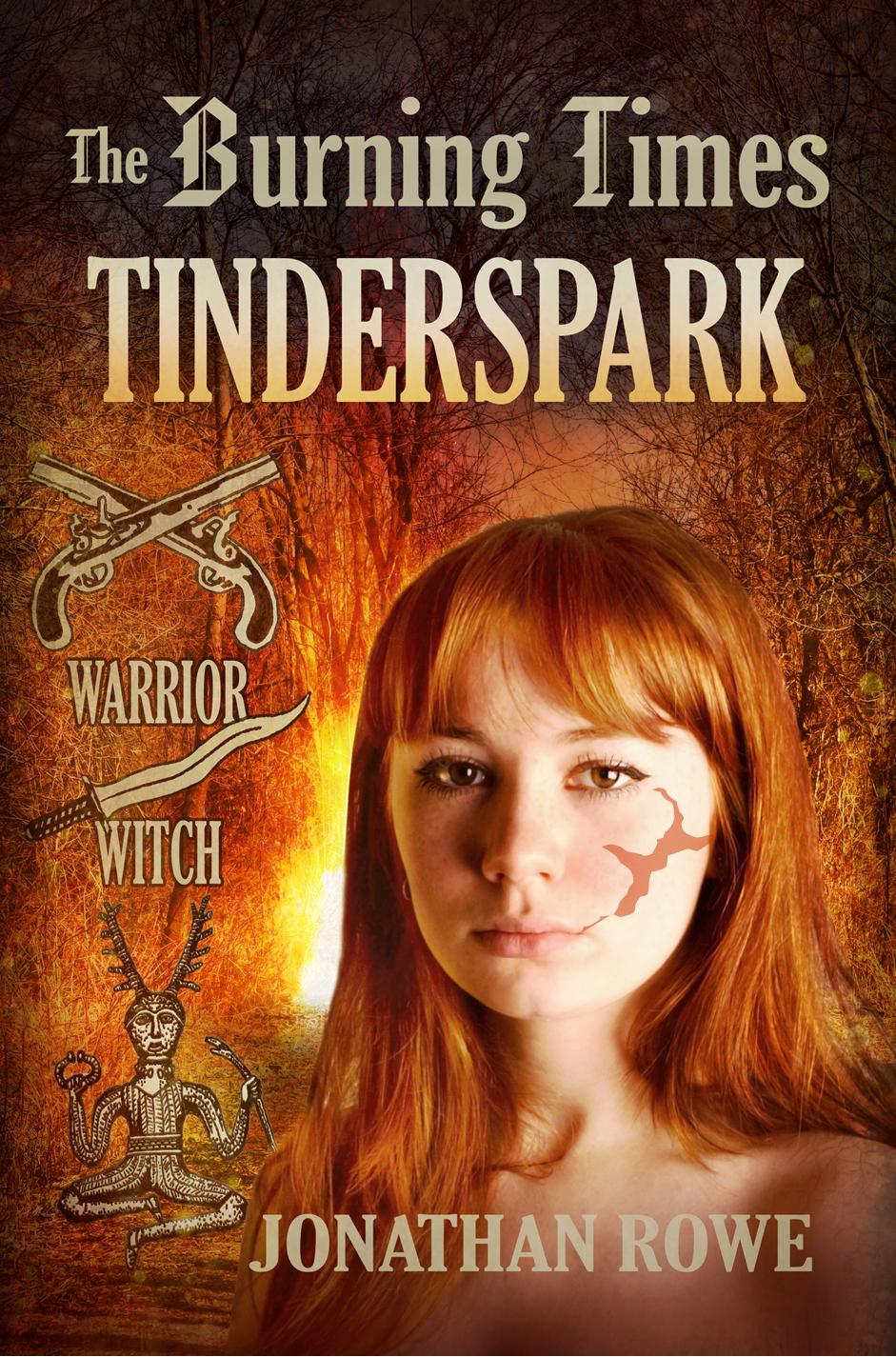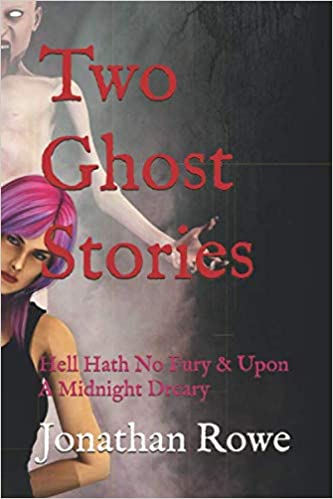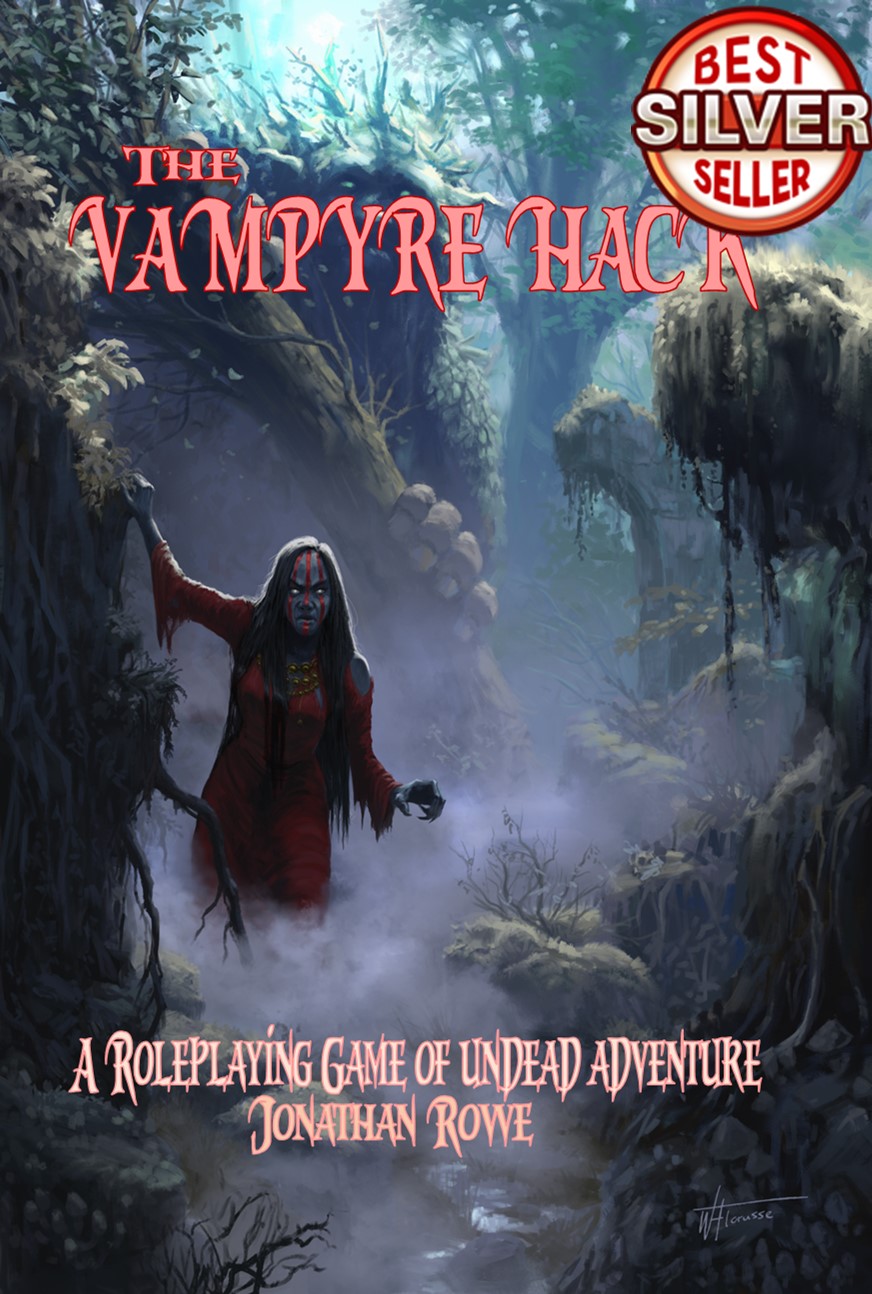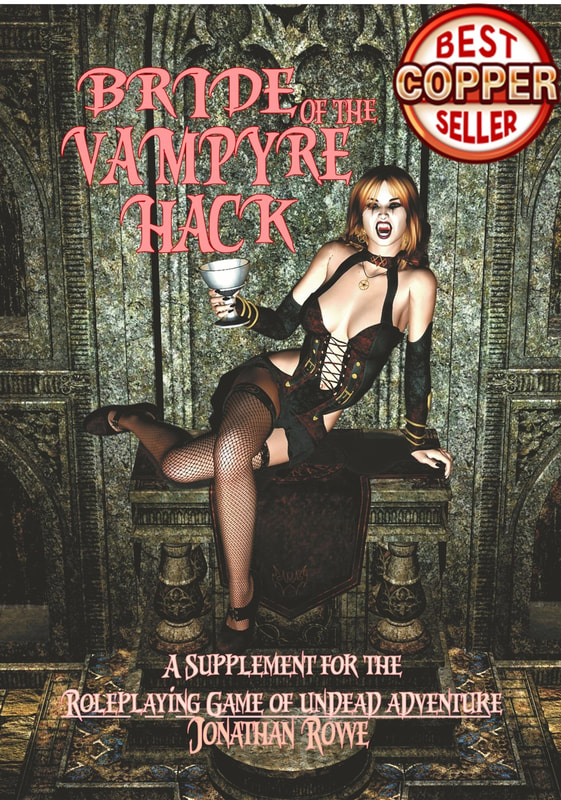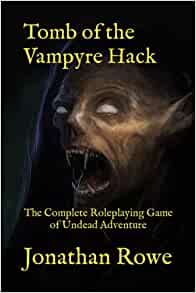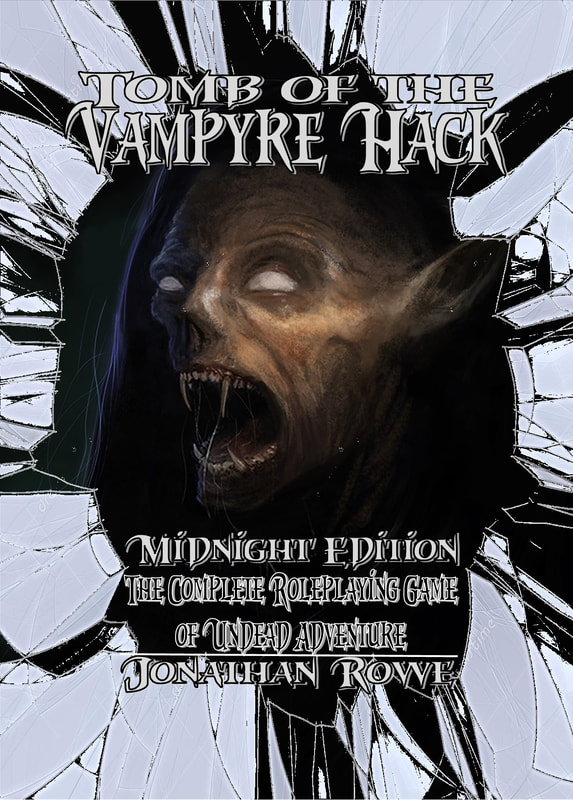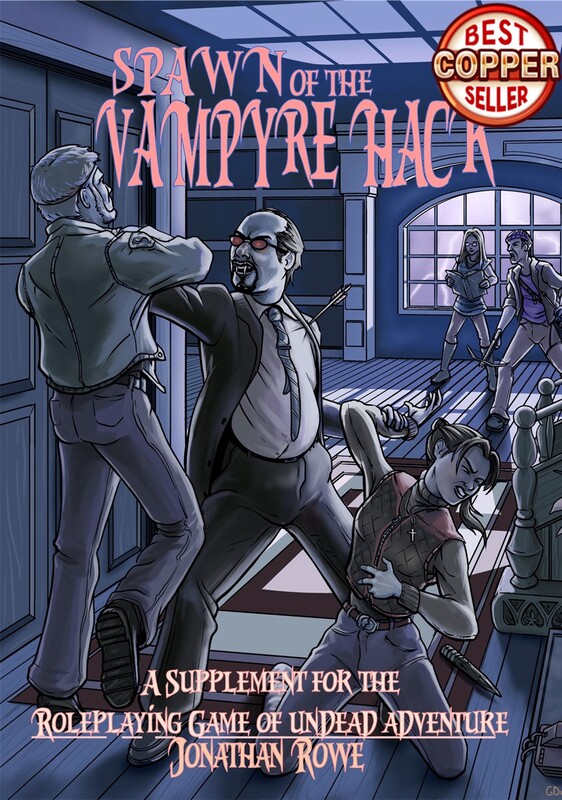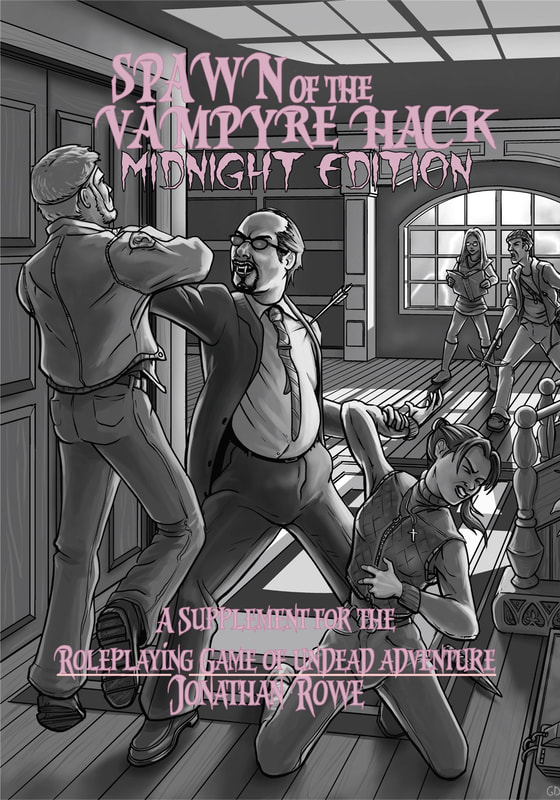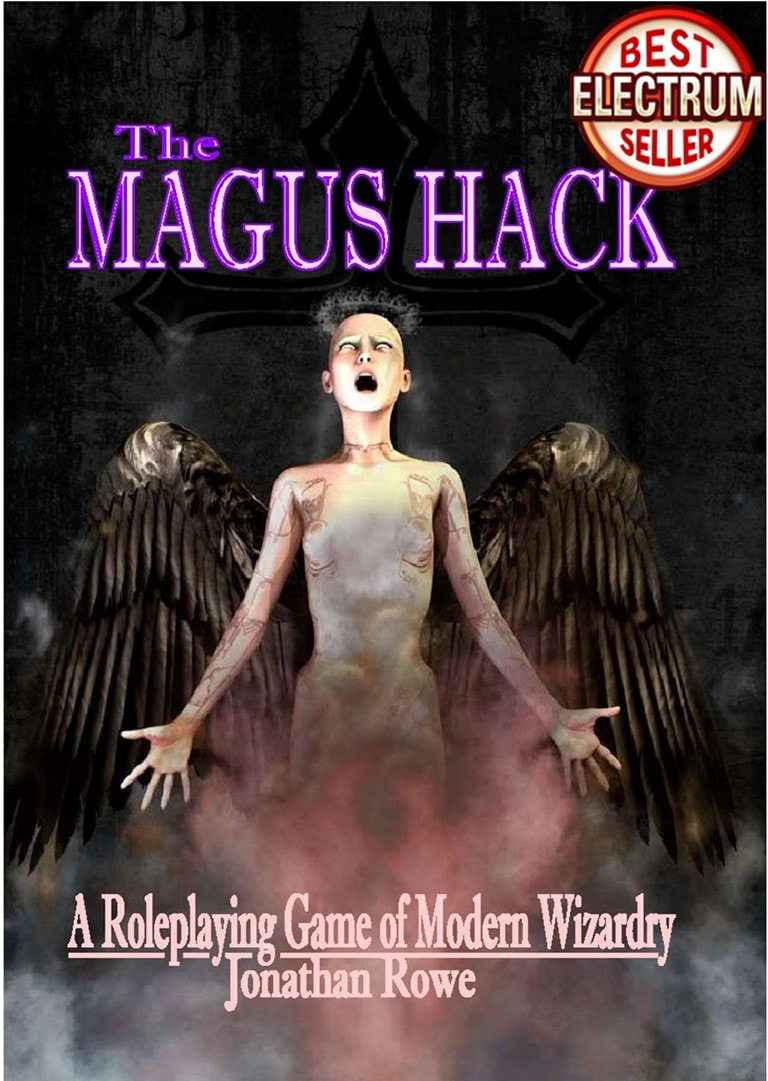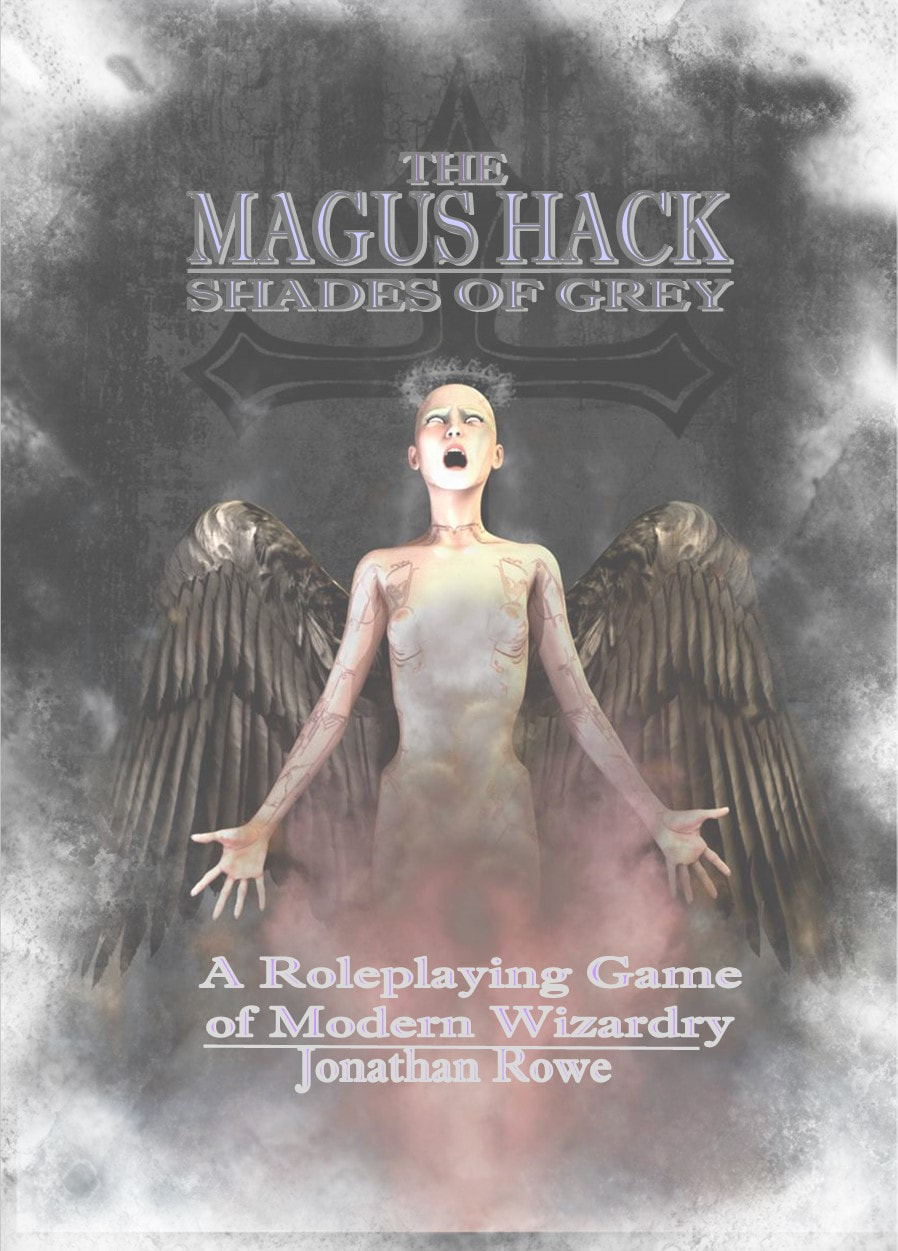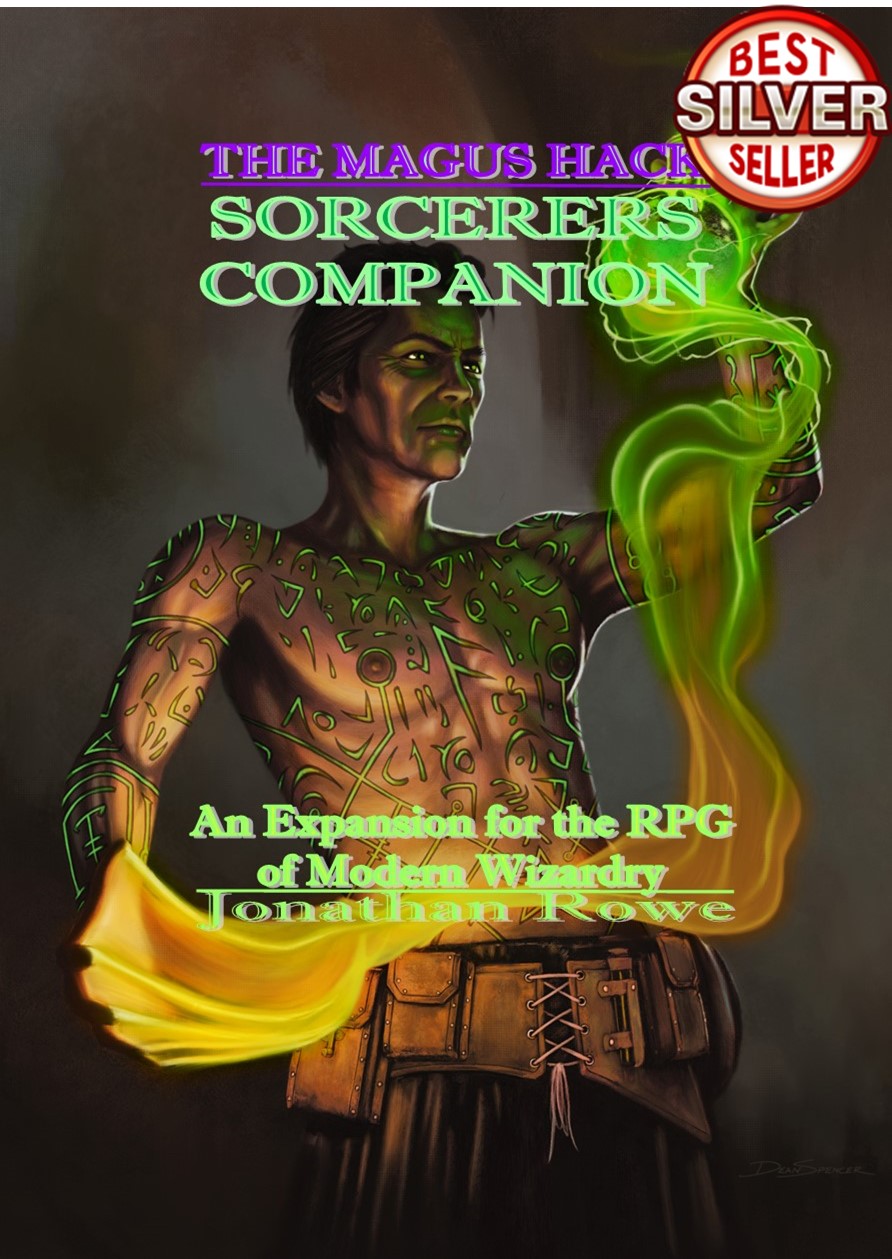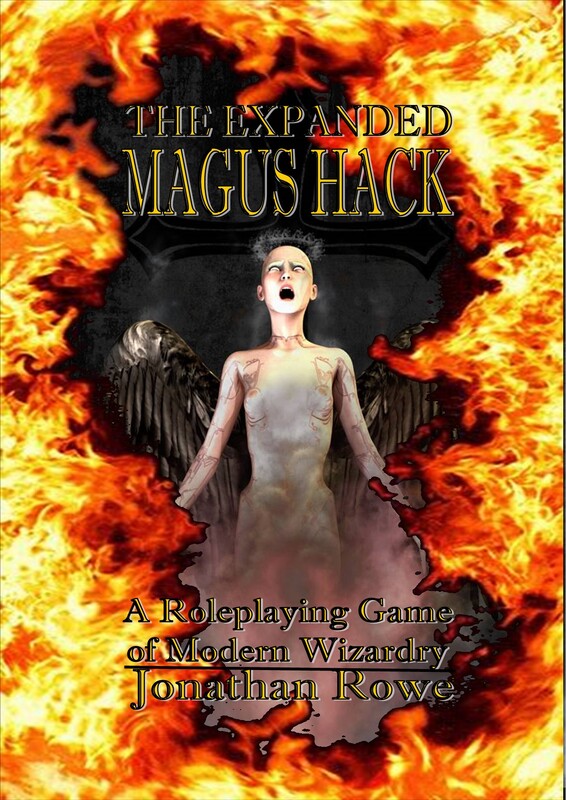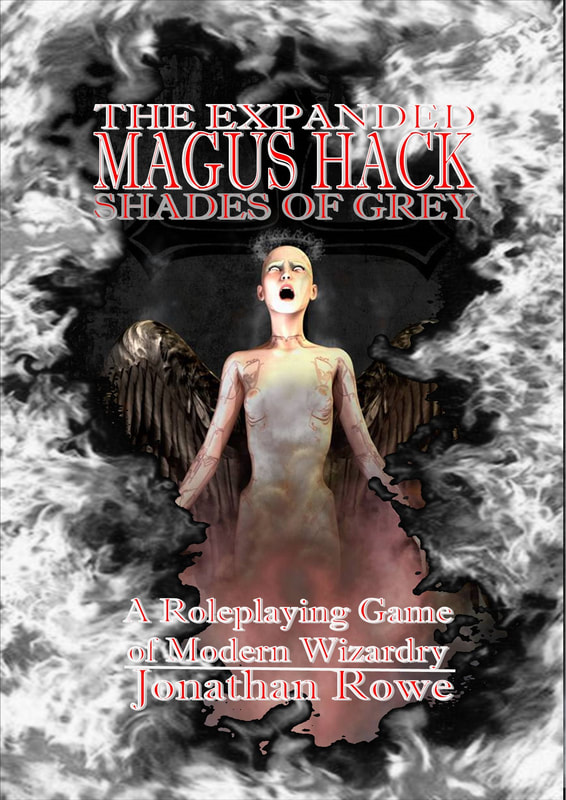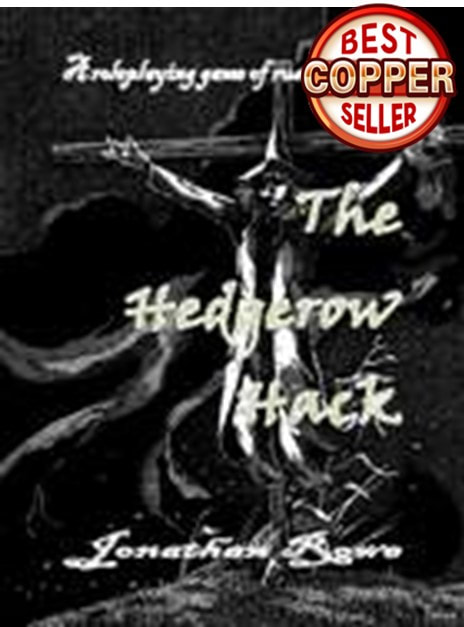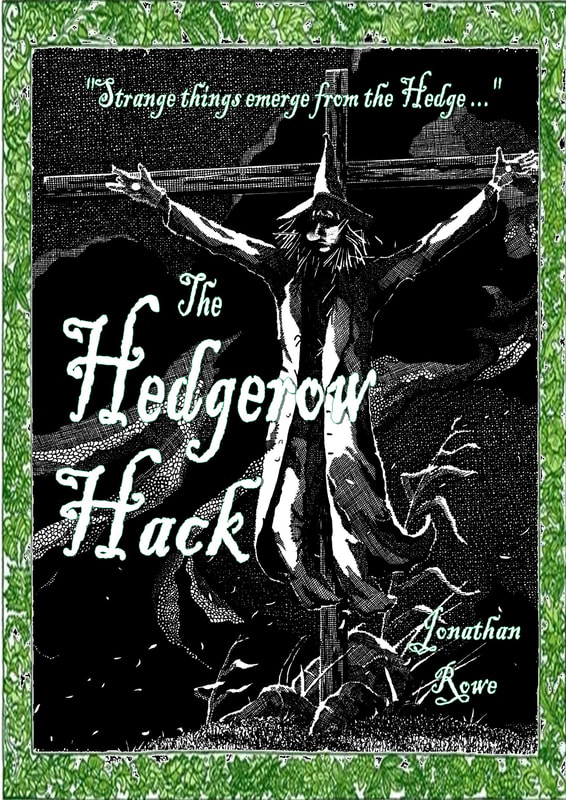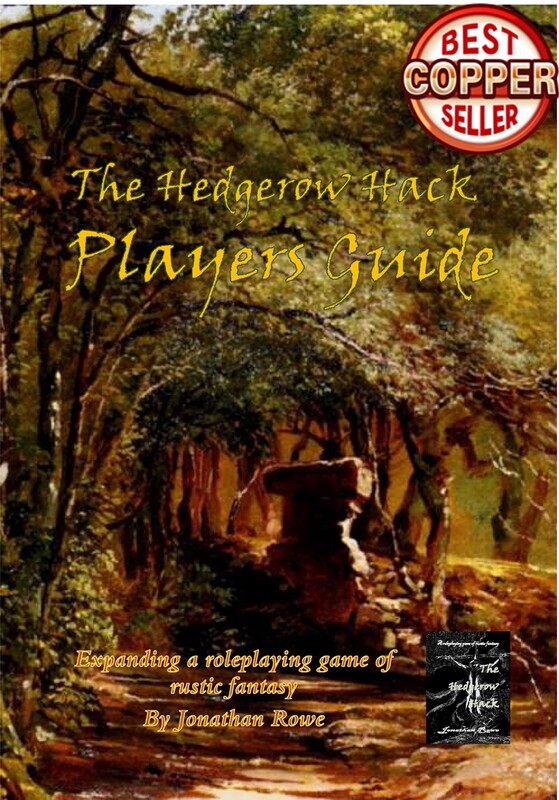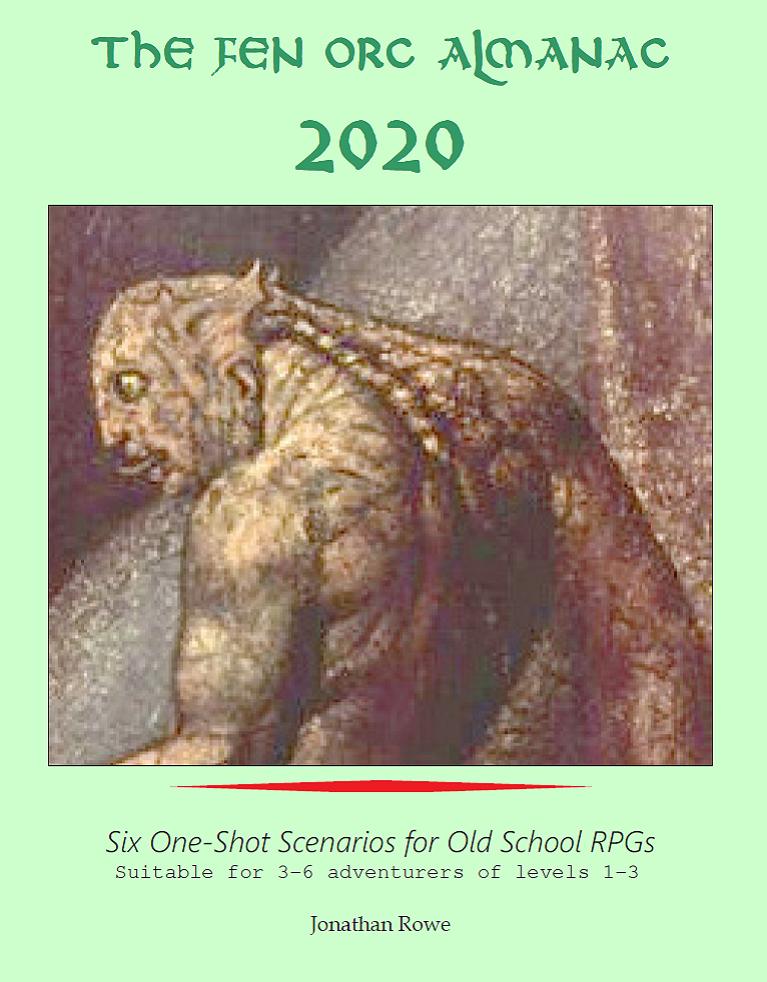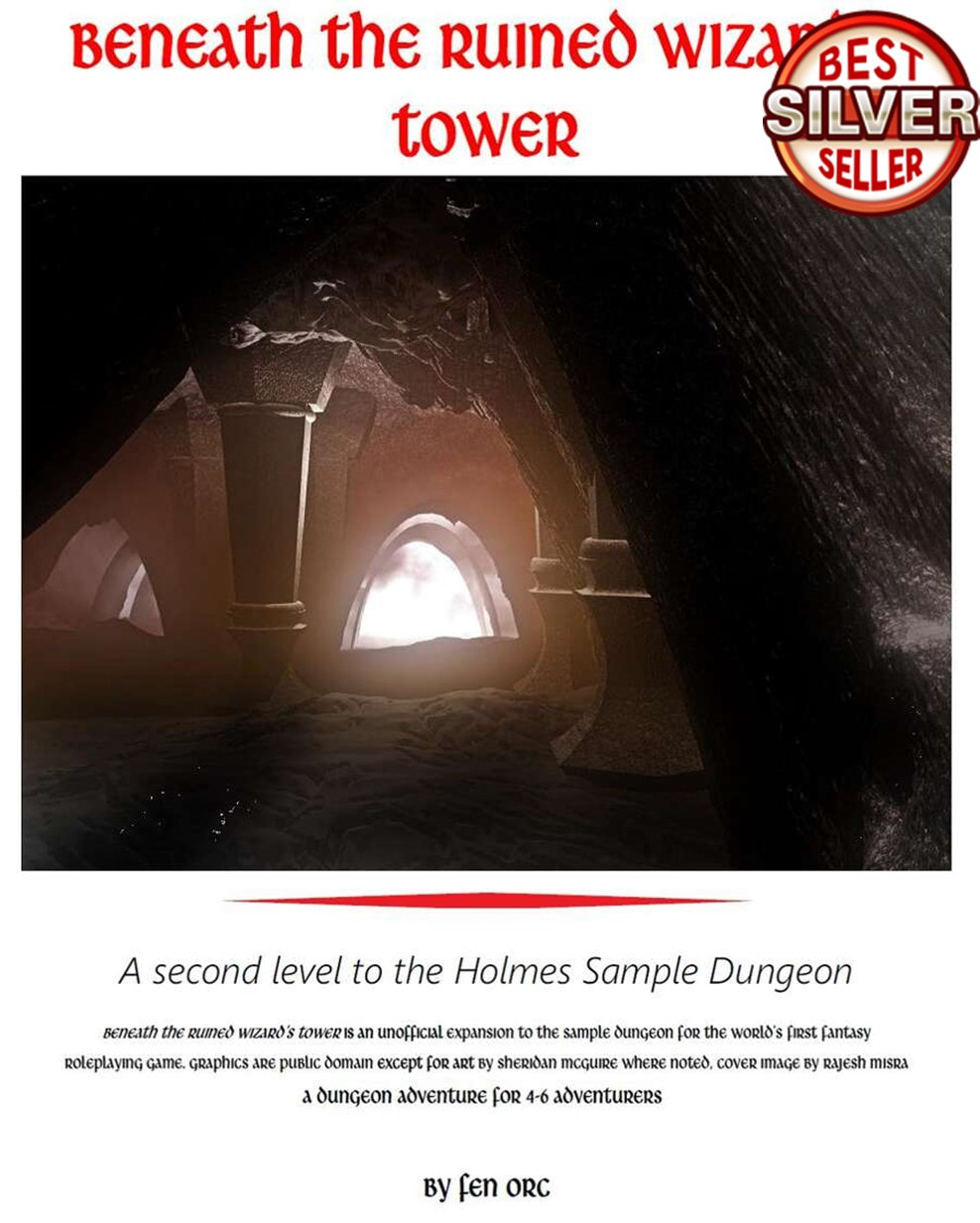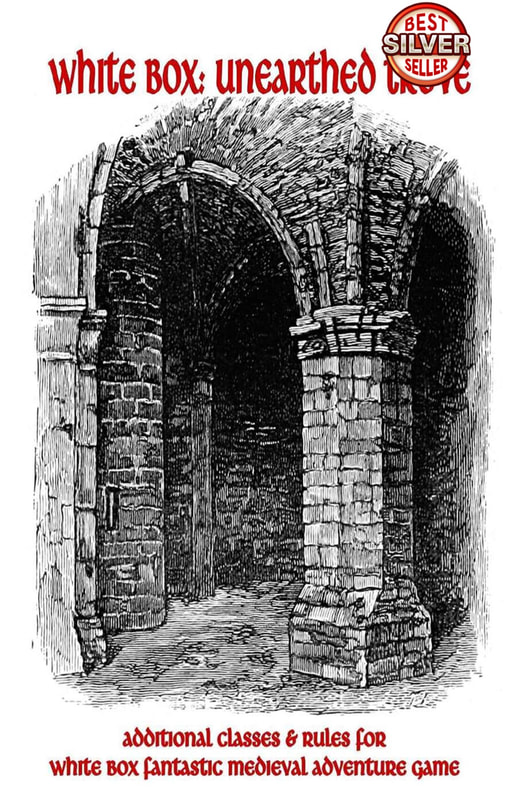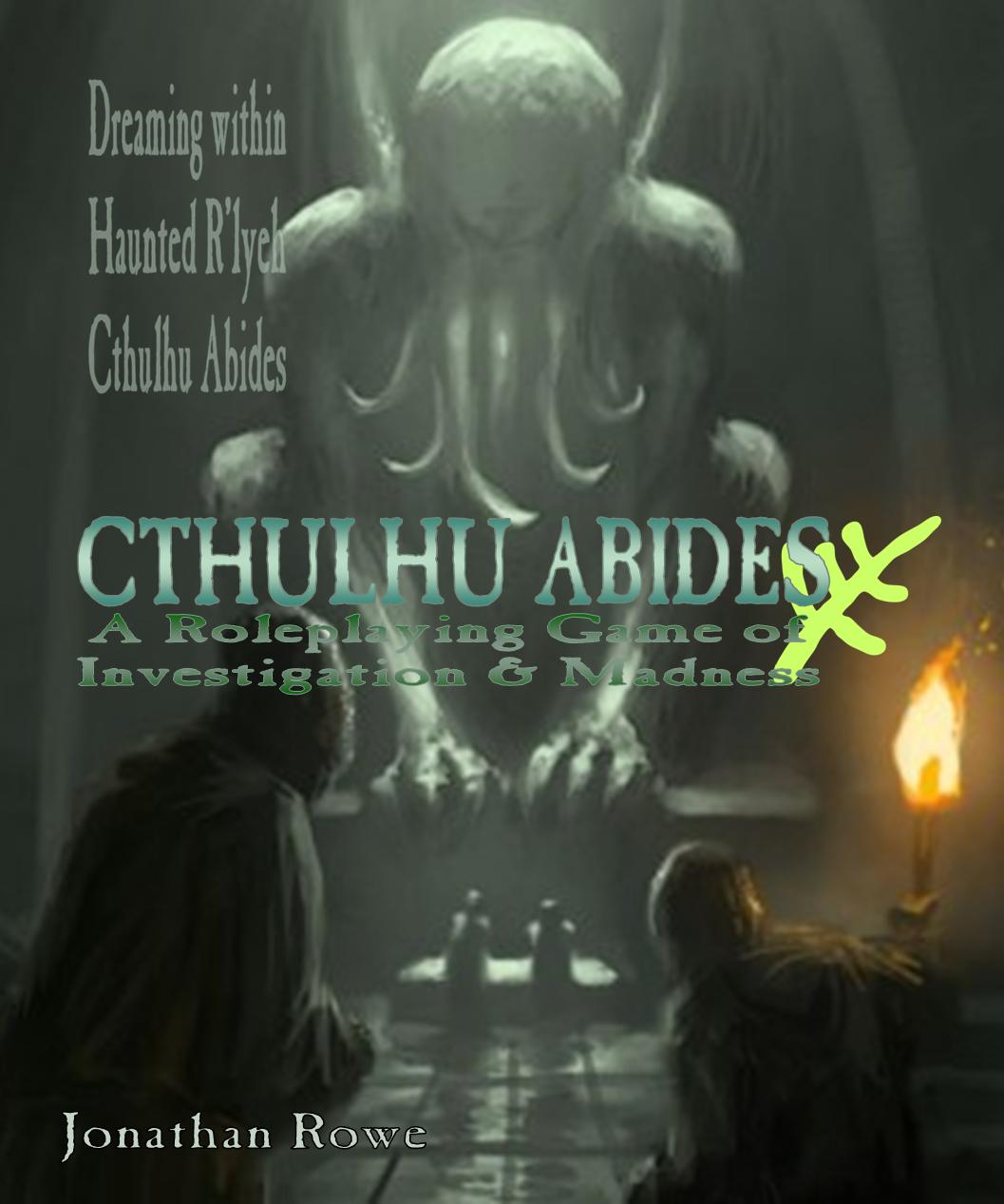|
It's time to go way back. I'm talking White Dwarf 4 (1977/8) and Brian Asbury's Barbarian character class. This is the Barbarian from the twilit time before the Players Handbook (1978) introduced AD&D. This is the Barbarian before Unearthed Arcane (1985) made his Hit Dice 12-sided (just... no, I don't want to talk about that). This is the original Barbarian. Most people know the revised version from Best of White Dwarf Articles I (left) but click the cover to peek at White Dwarf 4 Brian Asbury's lively imagination later introduced the Houri, but back in 1977 he was ploughing a fresh furrow with a character class like this. There were few templates except for the outlines of Rangers and Illusionists in Strategic Review and player-made classes in fanzines. There was no standardised layout, little consensus about power creep or overlap. Lots of fan-made classes were pretty crass. You just piled on all the cool powers you could think of and presented it to your Dungeon Master on badly-typed foolscap. Asbury is guilty of some of this with his Barbarian class. Nevertheless, he anticipates the way official character classes would develop and sets a pattern White Dwarf contributors would follow. This class was very popular: people were still using Asbury's Barbarian for AD&D right up to 1985 when it was officially eclipsed by the 'official' AD&D Barbarian ... and for some time afterwards, since the 'official' Barbarian sucked so badly. 1985 was the year of the Unearthed Arcana supplement for AD&D and New Coke. They had much in common. The UA Barbarian was a lumbering powerhouse that wouldn't associate with magic or Magic-Users, creating much party division and many dead Magic-Users It's worth pausing and wondering what a 'Barbarian' is supposed to be in a fantasy RPG. Assassins were often criticised for their redundancy: anyone can be an assassin, after all; it's a role rather than a character class. If you're a Fighter or a Thief but someone offers you a sack of gold to go murder Curtis the Cleric then all of a sudden you're an assassin - but you don't need to change class. Something similar is true of barbarians. If your character is from a tribal, pre-literate culture with little taste for living in cities, then you're a barbarian. You're a barbarian Fighter or a barbarian Cleric. It's flavour, not a class in itself. The same could be said of characters who are nobles or gypsies or mercenaries or gladiators. And yet, barbarians have a special status in the sort of fantasy literature that D&D descends from. 'Barbarian' means Conan, Rod Sonja, Fafhrd, Ka-Zar, Tarzan, Asterix and Obelix, anyone from Rohan, Boadicea, mythic meatheads like Beowulf and Cuchulain and just about everyone who appears in a Norse Saga. In other words, it's a literary device. It's a bit like Consulting Detectives: they don't really exist and they're really just a job title but if your RPG involves tracking down the Ripper in the fog-ridden streets of Whitechapel some player will want to be one. Robert E Howard's Conan is, of course, the paradigm. He's a footloose bruiser with some talents for sneaking and scaling towers, handy with a sword, sharp of wit if slow of intellect, triumphing over enemies who are smarter and stronger and better-equipped by virtue of his ferocity and a certain happy instinct for mayhem. The core trait, then, is that what others accomplish through training or study or craft, the literary barbarian achieves by instinct - which in this case means a sort of unreflective energy that is smothered in civilised people. She's not really a sub-class of Fighter so much as an anti-Monk! Brian Asbury's Barbarian is a Constitution-based class of its own: Prime requisite is constitution, because one of the barbarian's greatest assets is his sheer hardiness and capacity for survival. From this, the Barbarian gets to save as a Cleric 4 levels higher than her actual level, which is a rather clumsy formulation. They are also "twice as resistant to disease" as other classes. They are also always treated as one Armour Class better than their normal AC. When you factor in the requirement that they have a minimum of 13 or 14 in Strength, Dexterity and Wisdom (Wisdom?!?) then you are already looking at a rather over-powered class and we haven't reached the good stuff yet. Barbarians have the same tracking abilities as Rangers. I really dislike this sort of overlap. If you want to play a barbaric wilderness tracker, play a Ranger and give him a barbaric name like 'Wulf' or 'Gnar'. Barbarians are also fearless and have a 50% chance of going berserk (+2 To Hit) rather than fleeing if affected by fear effects. They have a chance of sensing danger based on a d6 roll that scales almost exactly like Charlie Mason's d6 abilities for Thieves in White Box. I wonder if Asbury influenced Mason in this? The fearlessness seems a bit heavy-handed. By all means give Barbarians a bonus to save vs fear, but the berserking benefit overloads it. Szymon Piecha offers a Berserker sub-class for Fighters in White Box: Expanded Lore so, once again, if you want to be that guy, just play a Fighter with barbaric flavour. Sensing danger, though, is a nice ability and something no other class possesses. Brian Asbury suggests it is "on" constantly. This puts an obligation on the Referee to be checking whenever danger approaches and warning the player if the dice come up right. I don't like putting tasks like this onto Referees and I feel abilities should involve player choice. Danger Sense needs to be something the player asks for, rather than an ongoing 'spidey-sense' that requires no player agency. Barbarians also get Sign Language, allowing them to get over language barriers with monsters. Once again, this is a nice idea, but it's too powerful as it stands, since it renders spells like tongues or high-Intelligence characters with lots of languages completely redundant. Next are a bunch of stealth skills: hearing noise, climbing and (in the revised version) hiding in shadows. The revised version justifies these by claiming Barbarians should be able to "emulate the feats of the greatest barbarian of them all" (i.e. Conan). I'm not at all convinced of this; just because Conan did a feat once, with a grappling hook and a rope (climbing Yara's Tower in The Tower of the Elephant), it doesn't follow Barbarians in D&D should be able to do this all the time. Just as Sign Languages walks on the lawns of Magic-Users and Bards, these stealth skills just crowd out Thieves. Click the image to read The Tower of the Elephant (1933) Then we get the combat skills. Barbarians have a chance of catching missiles out of the air. I have no idea where this comes from. It imitates a Monk ability and, frankly, Monks should be left alone. First-attack Ferocity is much more interesting. Barbarians enjoy +1 To Hit as a matter of course (naturally) but the Barbarian gets a special bonus if he wins initiative on his very first attack against an opponent: This is their chance of whipping themselves up into such a frenzy that their first attack only will be carried out at a +2 hit bonus, and do double damage if the barbarian is 1st to 4th level, triple damage for 5-8th levels, and quadruple damage for 9th level and above. POW! I love the energy in the illustration by (I think) Albie Fiore I like this power, but once again, there's too little agency. Thieves get an attack with +2 To Hit and double damage, but they have to earn their Back Stab by hiding or positioning themselves. Barbarians get the same bonus automatically and every fight by just rolling well on initiative (or the monsters rolling badly). Are there any down-sides to being a Barbarian? There's a bit of confusion over Barbarians being illiterate if their Wisdom is 13 or less, since a Wisdom of 14+ is a prerequisite for the class. The main penalty is armour. These are your loincloth-only Barbarians, with skimpy armoured bikinis available for the ladies. Levels 1-5 limits you to a shield only; leather armour at level 6 and chainmail at level 11. This is a big limitation, but it's a shame Brian Asbury lacks the courage of his convictions and allows higher level Barbarians to cower behind their armour. Barbarians already get tougher as they go up in levels, with more ferocious first-attacks and better chances of sensing danger, catching missiles and thieving: their signature restriction is being gradually dismantled too! The other problem with the lack of armour is conceptual. It's great for imitating Tarzan, Kazar and comic-book Conan/Red Sonja, but it doesn't reflect Vikings or Beowulf. Is the Barbarian meant to be a half-naked berserker or not? In a nutshell... The Asbury-Barbarian is an overpowered confection that poaches important aptitudes from other classes and confers benefits without asking the player to make meaningful choices about employing them: the Referee rolls for danger-sense and First-attack Ferocity is resolved by winning initiative. The armour limitations that might balance this are half-hearted and only restricts lower-level characters. Great fun though! The Barbarian for White Box White Box doesn't do Attribute minimums. If you want to be a fat, clumsy Barbarian with hay fever, go for it. It also avoids gradated powers, except for signature skills like Thievery. Powers don't 'kick in' at arbitrary levels, but White Box: Expanded Lore introduces Feats as a way of customising your character at higher levels. There are only 10 levels, so the whole Barbarian life-journey has to be compressed into this. Barbarians must be Humans or (at the Referee's discretion) Half-Orcs. Some campaign settings might include Savage Elves, Neanderhalflings or Cave Dwarves who would qualify as Barbarians. The Prime Attribute is Constitution and a Barbarian character gains +05% to earned XP if this is 15+. Barbarians may be any alignment. Armour & Weapon Restrictions Barbarians cannot wear armour. They can carry shields. They can use any weapons. They can make use of all magic items usable by Fighters but also Cloaks of Protection. Barbarians progress slightly slower than Fighters but with superior To Hit Bonuses at lower levels. At some levels they get +3HP rather than a new Hit Dice. This is a mixed blessing, since +3 avoids the danger of rolling lower but you don't add your Constitution Bonus since it isn't a new Hit Die. Sense Danger The player may ask the Referee if their instincts warn of danger and the Referee secretly rolls a d6 and compares it to the Instincts score; if successful, the Referee warns the player of danger (but not its nature) and direction or source. This could detect approaching monsters or traps. Self Preservation The Instincts score is added to the Barbarian's Armour Class. It is also added to some saving throws (see below). Sign Language A successful Instincts test enables a Barbarian to communicate simple intentions, directions or requests to an animal or non-magical creature of animal-like intelligence. It does not enable the Barbarian to understand replies. Undead and creatures that can only be harmed by magical weapons will not respond to Sign Language. Sign Language also enables two Barbarians to communicate wordlessly (often while hunting or trading). In this case, the Instincts test can be rolled to succeed in communicating complicated ideas or to use Sign Language without bystanders noticing. First Attack Ferocity At the start of a combat encounter, the Barbarian can forfeit one round to work herself into a battle frenzy. She then gains +2 To Hit and rolls the damage dice twice on her next attack. This can only be attempted once per combat (and cannot be used a second time if the Barbarian moves to attack a fresh opponent). Sometimes adventurers are aware of monsters before combat starts and a Barbarian can work himself into a frenzy before the first round of combat, without forfeiting any actions. This is allowed, but the noise of the Barbarian's attack will instead forfeit any surprise round that the party might have enjoyed. It might be better for a Barbarian to use a round of surprise bringing on the frenzy in order to allow the rest of the party to enjoy surprise attacks. Uncivilised Barbarians are not used to civilised ways or actively disdain them. They suffer a -2 penalty on Reaction Tests in towns and cities and pay double for supplies, armour and weapons from trading stores. This is discrimination. If other PCs offer to buy supplies for a Barbarian PC, they too will pick up these penalties until they stop offering! If the Barbarian's player argues that their character is now accustomed to civilisation and accepted by civilised people, remove this penalty but also remove the Barbarian's Instinct ability, since they have clearly gone soft! Saving Throws Barbarians add their Instincts to saving throws vs fear and disease. At the Referee's discretion, Instincts may also be added to saving throws versus effects which can be dodged or evaded (spell effects like fireball, gaze attacks of monsters like Medusas, falling rocks, dragon breath). Don't allow a bonus to saving throws against magical effects that target the Barbarian mystically (like hold person or charm person) or which have already 'hit' because of another roll (like poison or paralysation from the successful attack of a monster or an activated trap). Establish a Lodge At 9th level, the Barbarian becomes a Barbarian Chief and can build a Lodge, which is a sort of camp-cum-fortress in the wilderness where the Barbarian celebrates victories, feasts and hunts. He will attract a group of tribesmen and women, who might be Barbarians or barbarian-flavoured Fighters, Clerics, Rangers, etc. Trauma Barbarians do not gain Trauma from the death of companions in battle or from traveling through the wilderness in extreme weather. They can return to action after a Fatal Wound without gaining Trauma because they didn't rest for an hour. They gain extra Trauma from one type of monster they hold in superstitious dread: Demons, Fey, Giants, Giant Animals, Undead. The player chooses the monster type they dread. On the first appearance of that type of monster in an adventure, the Barbarian gains 1 Trauma. For example, if the player chooses Undead, they gain 1 Trauma the first time they see Skeletons, Zombies, etc. If the creature would ordinary impose Trauma for its appearance (e.g. Mummies, Sidhe) then the Barbarian gains 2 Trauma. Barbarian Feats
Blade Venom is not the same as the Poison used by Assassins. Because it only deals damage, rather than killing outright, it doesn't cause anyone to gain Trauma from its use. Barbarian Flavour for other classes A simple way to give your Ranger, Druid or other character class the 'Barbarian Flavour' is to give them the Uncivilised restriction in exchange for the use of Sign Language or any Barbarian Feat (except Armoured Barbarian/Frenzy). If a test of Instincts is required, the barbarian-flavoured character is assumed to have Instincts 2. The barbaric character can choose Feats (except Armoured Barbarian/Frenzy) from the Barbarian Feats instead of their own Feats. However, their Instinct score never increases. If they forego the Uncivilised restriction later on, they lose the benefits of Barbarian Feats or abilities they picked up. For example, Emily creates a Druid character and wants her to be a barbarian-flavoured Druid. She takes the Uncivilised restriction: townsfolk distrust her and she pays double for adventuring suipplies. In return she takes a free Barbarian Feat and chooses Hunter, so she can track in the wilderness with 2-in-6 success. As long as she remains Uncivilised, she has the option to choose Barbarian Feats (and Sign Language as if it were a Feat) instead of Druid Feats when she reaches odd-numbered levels. Final Thoughts I've retained three key ingredients of the Asbury-Barbarian: First-attack Ferocity, Sense Danger and Sign Language. First-attack Ferocity no longer depends on winning initiative: it's a given. However, you have to do something to activate it, which is take a round out of combat. This makes the double damage a rather equivocal benefit, since you're losing out on another attack opportunity. Really, you will do this for the +2 To Hit Bonus. It stacks nicely with Blade Venom too. Sense Danger is now something the player has to ask for. This runs the risk of a player over-using it, ruining immersion and wasting time by 'sensing for danger' as every corridor or doorway. If the Referee feels the power is being used trivially, it's easy to balance this by imposing a point of Trauma. After all, if your character is worried about possible danger all the time, they must be stressed, right? Sign Language is now something you use with animals and animal-like monsters rather than a Babel-fish that crosses all language barriers. It doesn't work automatically. The Sign Language shared by these characters is based on the Plains Sign Talk of Native Americans. Gone are the stealth skills. If you want to climb walls and hide in the shadows, create a Thief with barbarian flavour. Tracking is now a Feat if you want to develop your Barbarian in that way, but it only applies in the Wilderness and so the Ranger is left as the pre-eminent character class for tracking. The armour restriction is fixed to shields-only but you can earn yourself exceptions by taking the Armoured Barbarian Feat once or twice. This is quite a big investment of Feats but if you have a Viking huscarl in mind rather than a Navajo scout you might want to do this. Since Instincts now adds to AC, a first level Human Barbarian with a shield will be AC 7 [12] or AC 5 [14] if they took the Feat to wear leather armour. Dexterity and magic might improve that. At tenth level, in chain mail and shield, your Barbarian could be AC -2 [21], which might make some Fighters jealous, except that they're probably wearing magical plate mail by that point and they didn't have to invest Feats to do it. The idea of superstitious dread is really just a roleplaying opportunity. A Barbarian who dreads Undead but has to enter a haunted crypt will get a Trauma point when the Undead first appear, but after that there are no further penalties except the doubling of Trauma from the Undead that everybody finds uniquely horrific (like Mummies or Banshee shrieks). How big a deal the Uncivilised restriction is depends on the Referee and the setting. Most first level Barbarians can afford to buy a shield and a sword even if the costs are doubled. If it's easy for the Barbarian to slope off back to his own people, the -2 Reaction penalty won't affect many things. In other campaigns, harassment and distrust from merchants, town guards, innkeepers and local lords will be a constant aggravation. If the Referee intends to make this a defining part of the Barbarian experience, rather than an occasional annoyance, it might be kind to reward Barbarian PCs with an extra Feat at character creation.
4 Comments
Travis Casey
15/5/2020 09:18:42 pm
Reading the article in the linked PDF, it appears that this barbarian class *doesn't* require those ability scores as prerequisites. The text says:
Reply
Jonathan Rowe
15/5/2020 09:57:16 pm
Well spotted. You are absolutely right about that!
Reply
Tom
15/4/2021 08:10:39 am
Note the illustration is by Alan Hunter (d. 2012) not Albie Fiorie (d. 2009).
Reply
Jonathan Rowe
31/3/2024 04:50:22 pm
Thanks. I had trouble sourcing the image and I'm delighted to learn the true artist
Reply
Leave a Reply. |
30 Minute Dungeons
Essays on Forge
FORGE Reviews
OSR REVIEWS
White Box
THROUGH THE Hedgerow
Fen Orc
I'm a teacher and a writer and I love board games and RPGs. I got into D&D back in the '70s with Eric Holmes' 'Blue Book' set and I've started writing my own OSR-inspired games - as well as fantasy and supernatural fiction.. Archives
July 2024
Categories
All
|

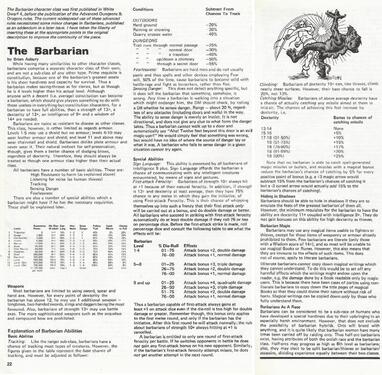
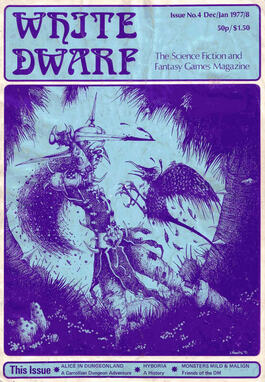
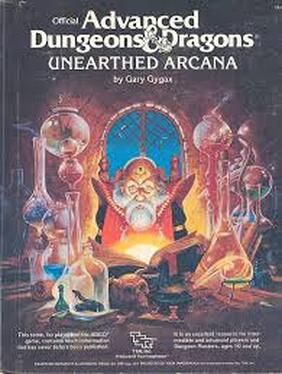
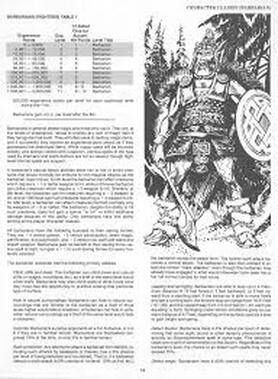
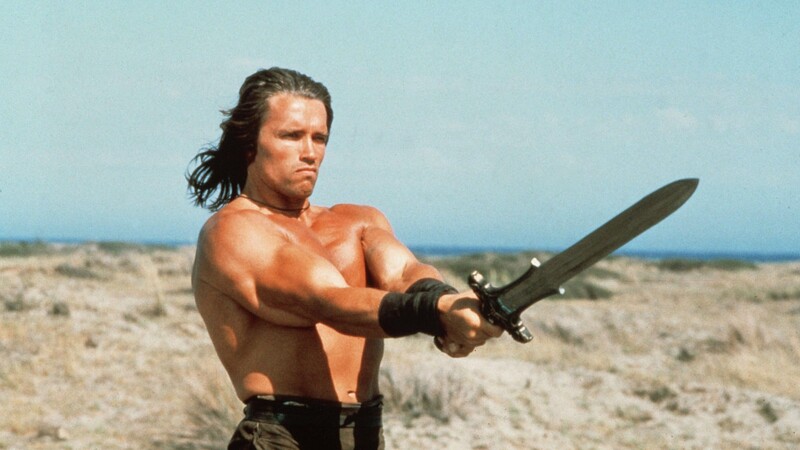
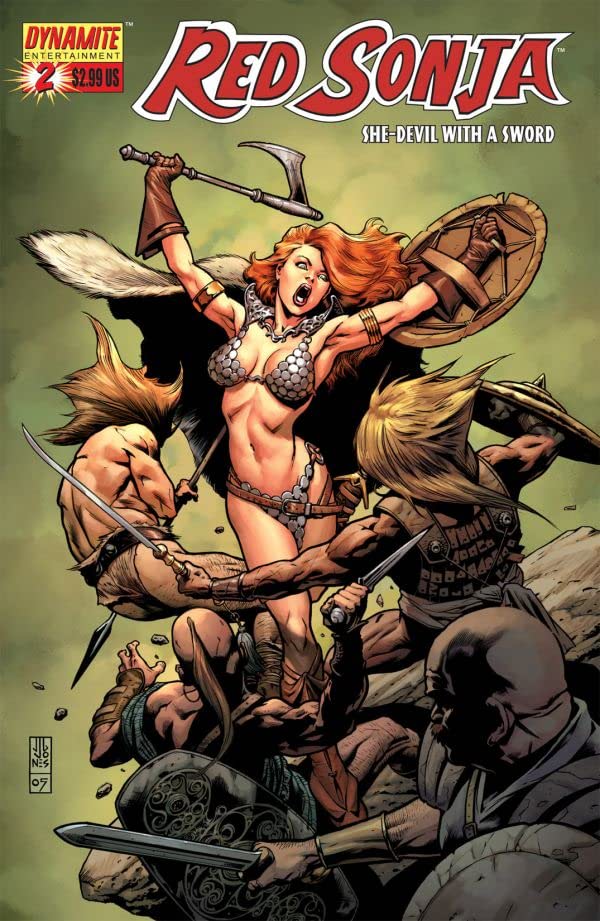
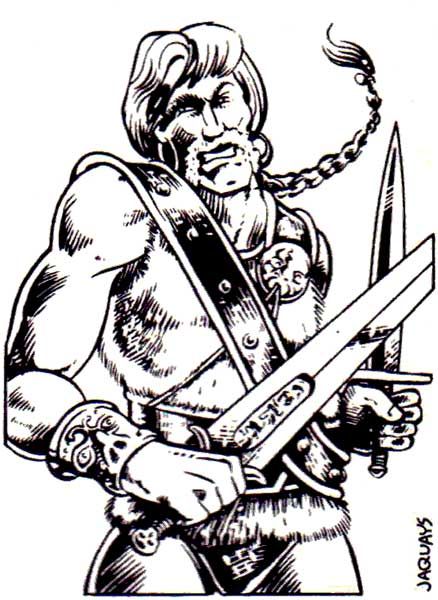
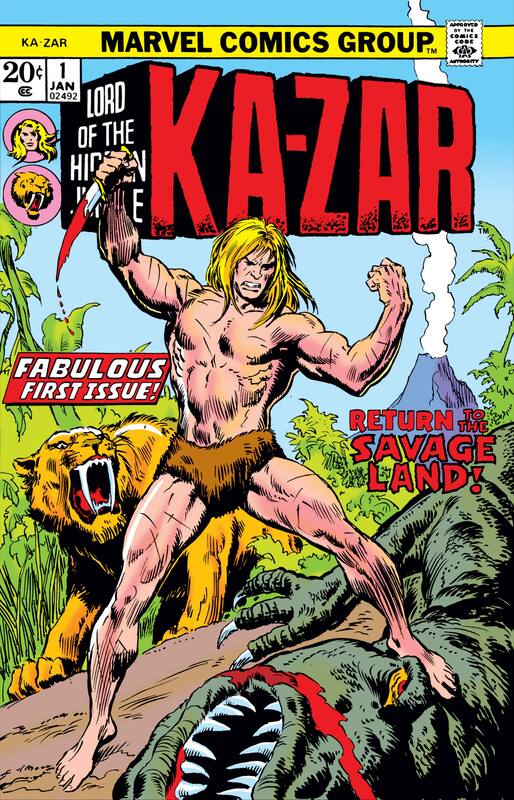

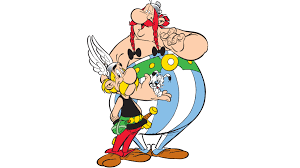
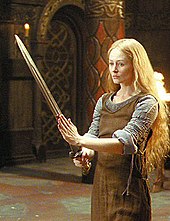
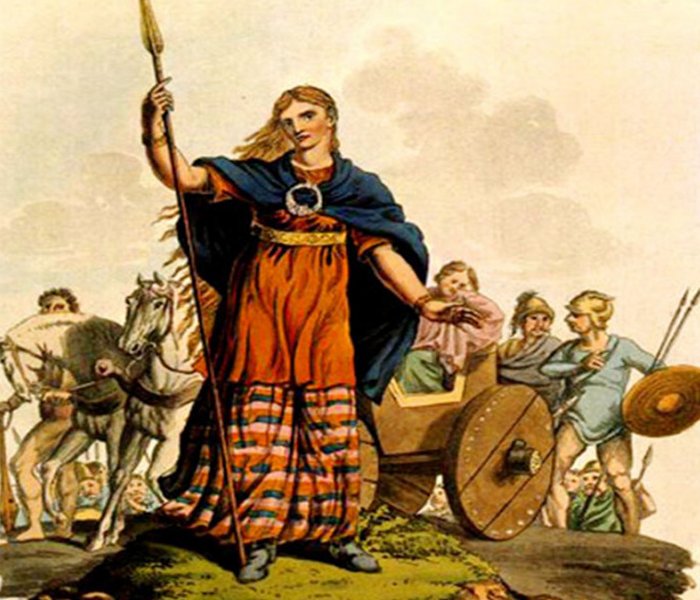
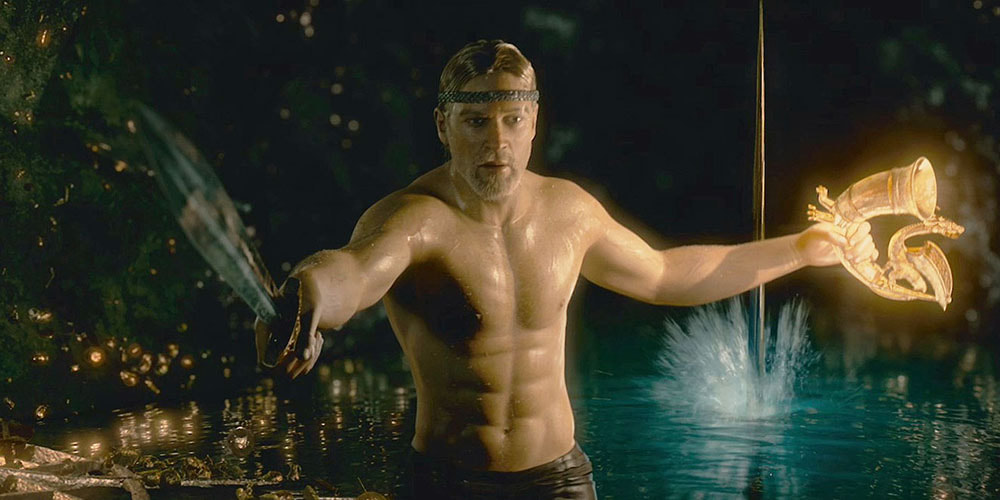
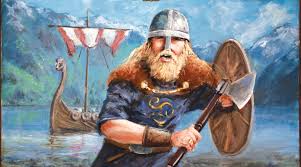
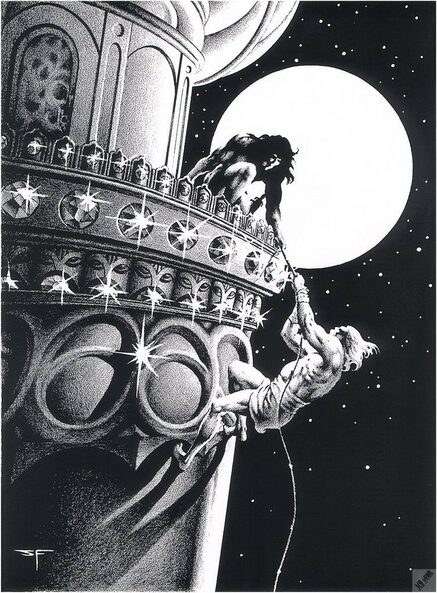
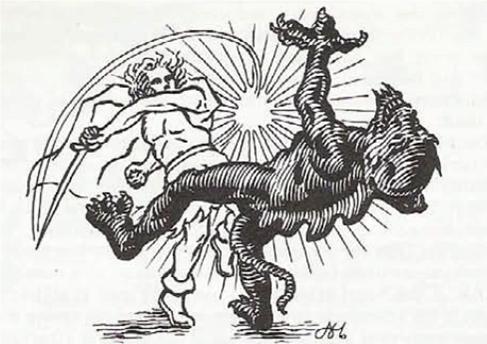
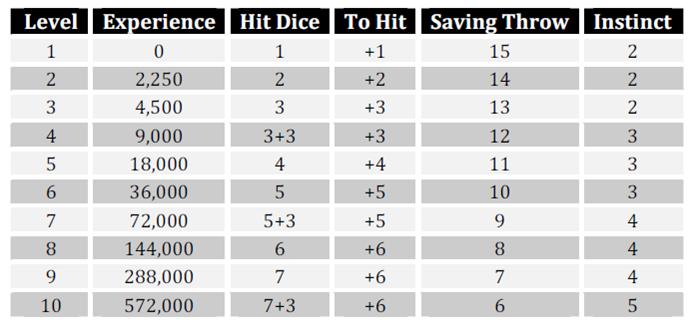
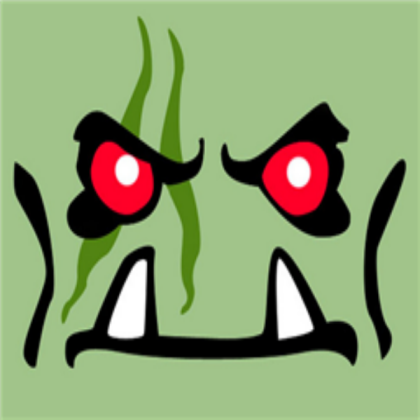
 RSS Feed
RSS Feed
